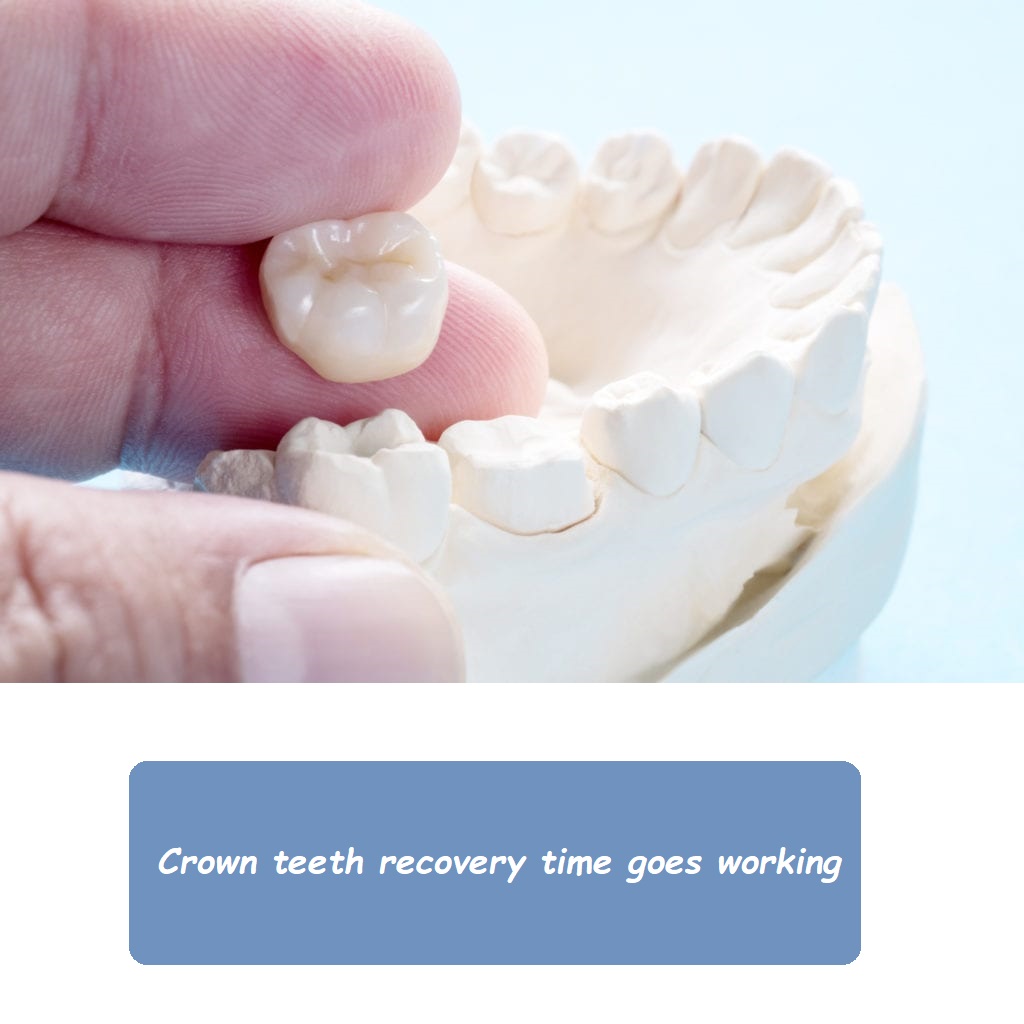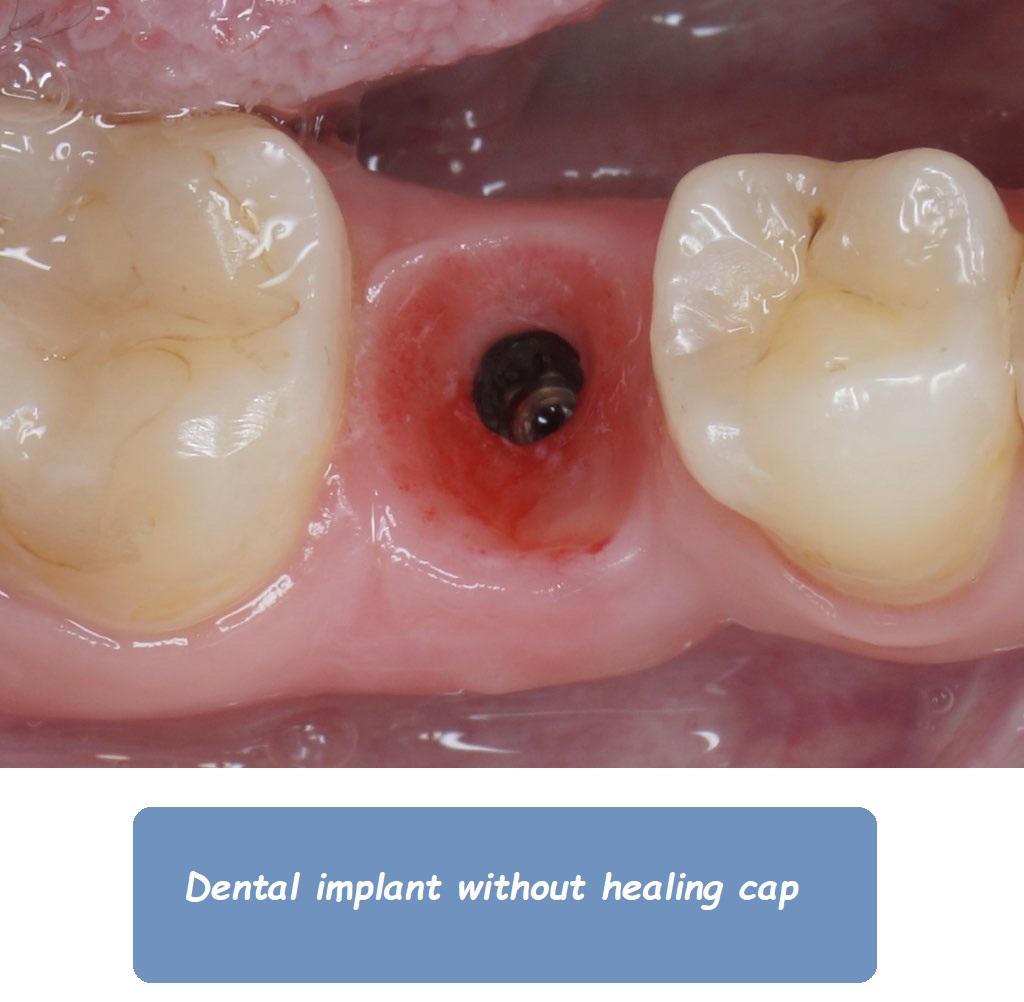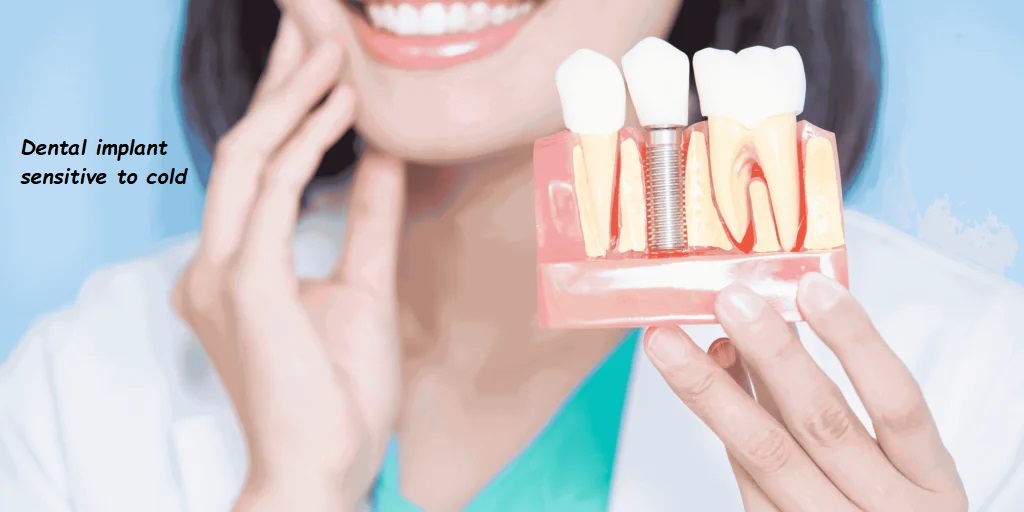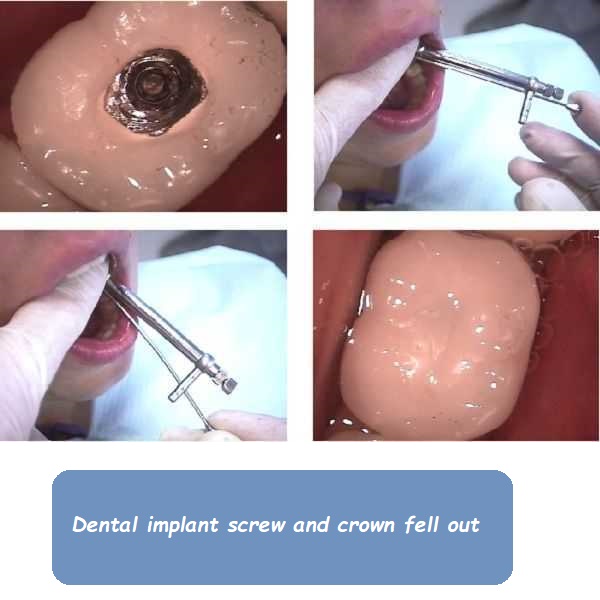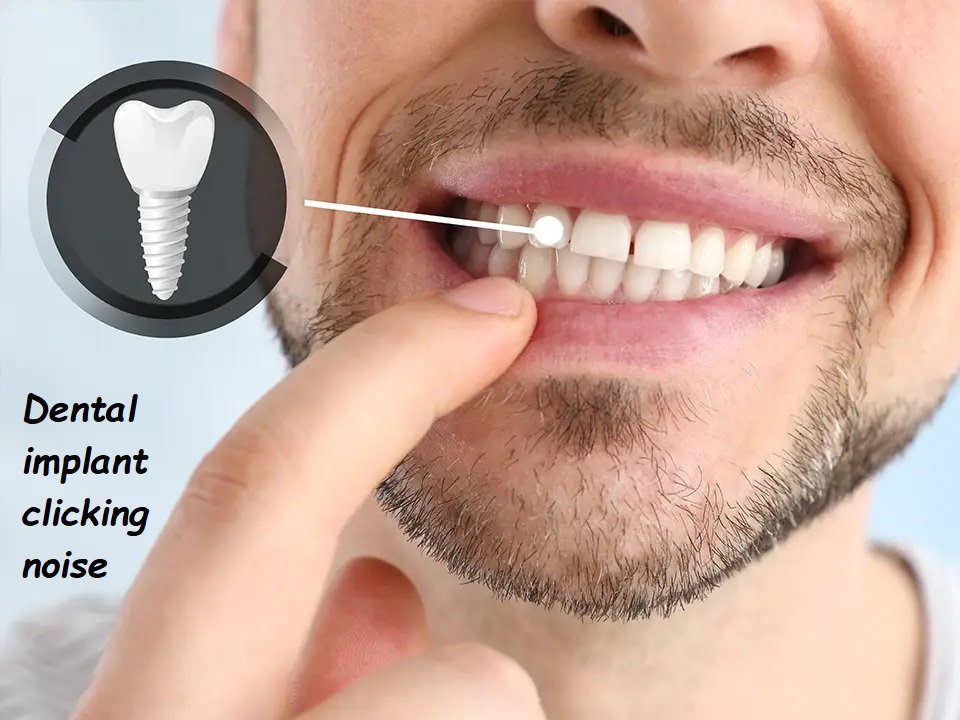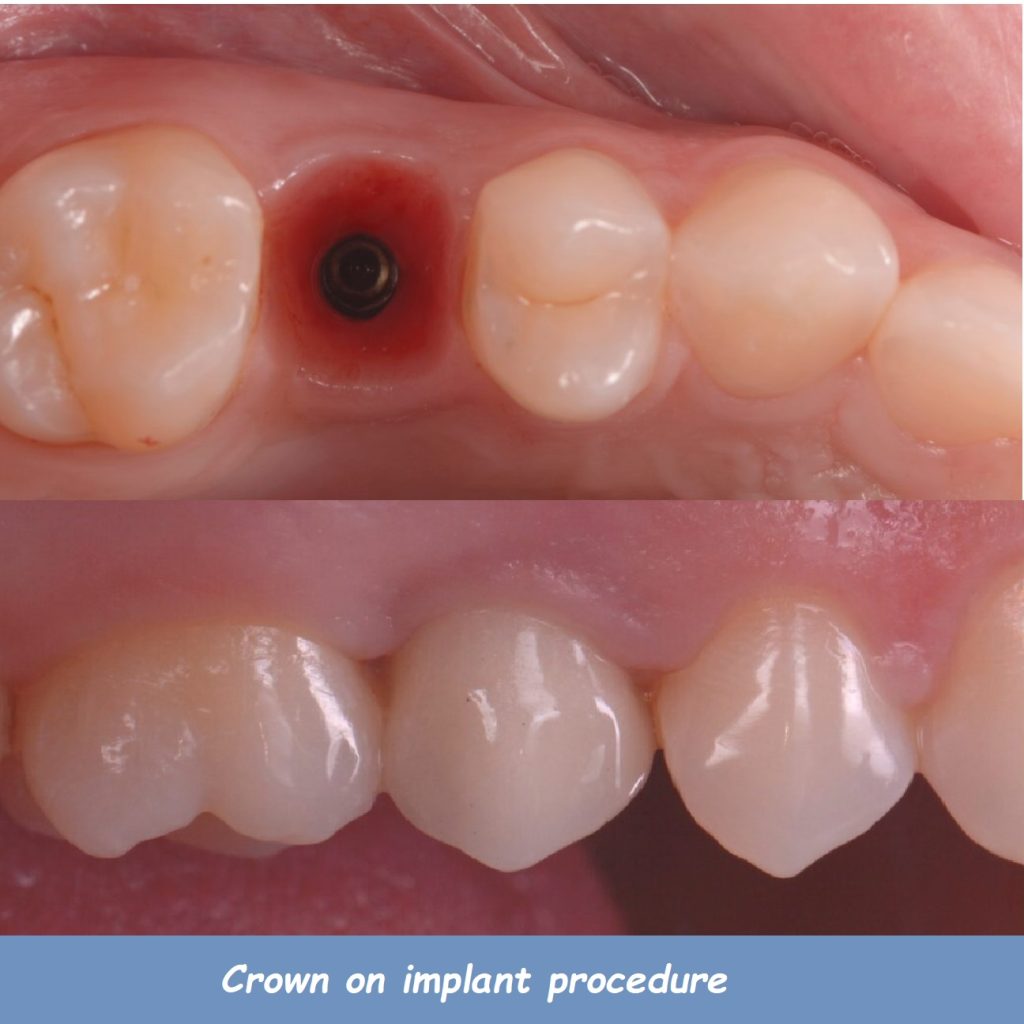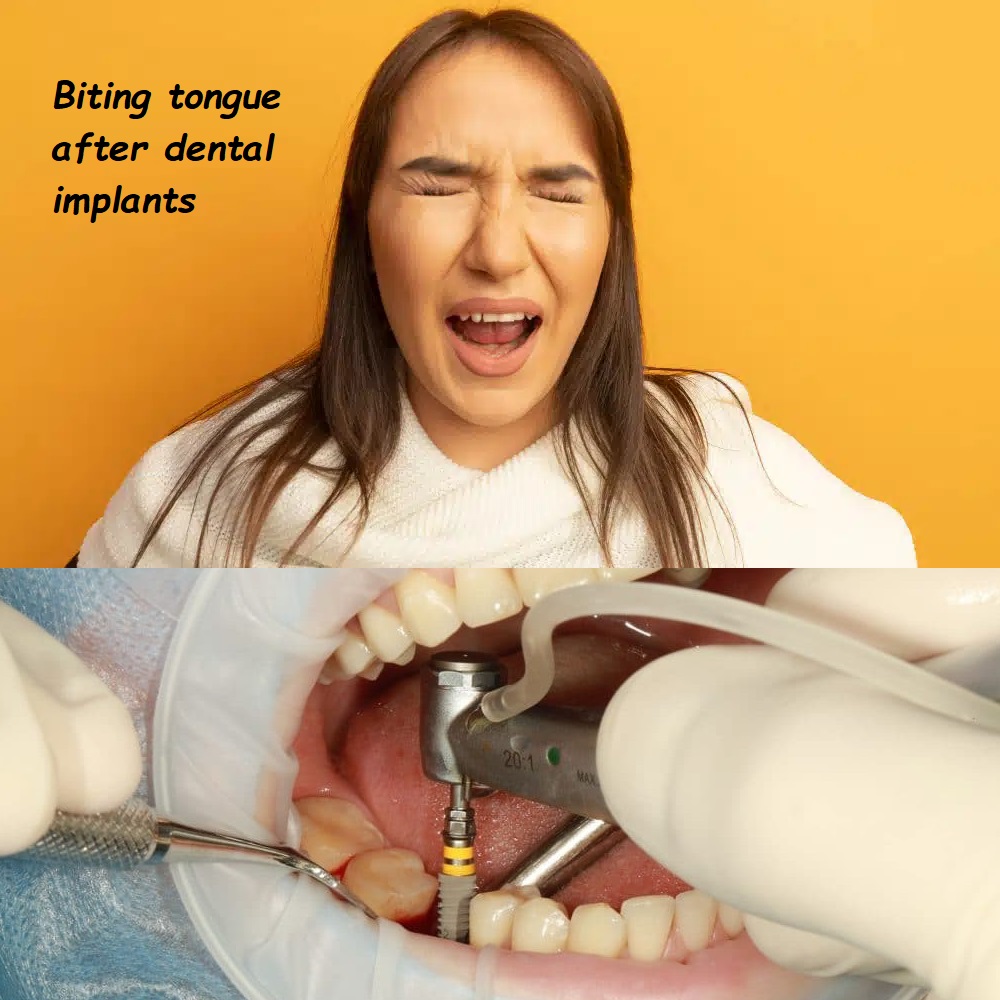Dental implant crown problems
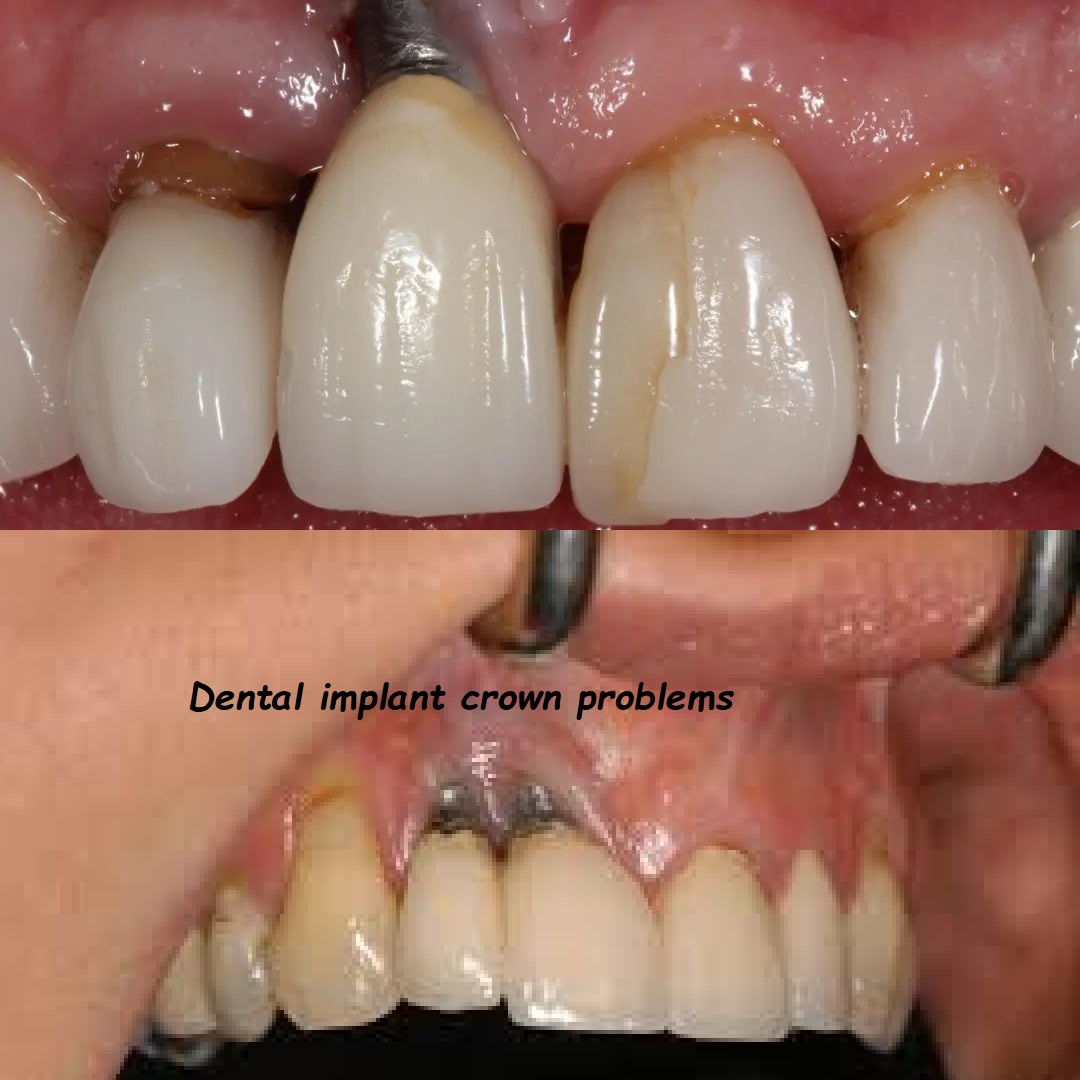
Dental Implant Crown Problems: Causes, Solutions, and Prevention
Dental implants have revolutionized tooth replacement, providing a durable and natural-looking solution for missing teeth. A key component of this system is the dental implant crown, which is the visible part of the implant that mimics the look and function of a natural tooth. While dental implants are generally successful and reliable, problems with the crown can occasionally arise. Understanding these potential issues, how to address them, and how to prevent them is crucial for maintaining the health and functionality of your dental implant.
In this comprehensive guide, we’ll explore common dental implant crown problems, their causes, available solutions, and tips for prevention.
What Is a Dental Implant Crown?
Before diving into the potential problems, it’s important to understand what a dental implant crown is and how it functions. A dental implant crown is the artificial tooth that sits on top of a dental implant, which is a titanium post surgically placed in the jawbone. The crown is custom-made to match the color, size, and shape of your natural teeth, ensuring a seamless and aesthetically pleasing appearance.
Why Is the Crown Important?
The crown plays a crucial role in restoring both the appearance and functionality of the missing tooth. It allows you to chew, speak, and smile with confidence, while also protecting the underlying implant from damage and wear. A well-fitted and properly maintained crown can last many years, but when problems arise, they can affect your oral health and overall well-being.
Common Dental Implant Crown Problems
While dental implant crowns are designed to be durable and long-lasting, several problems can occur over time. Here’s a look at some of the most common issues associated with dental implant crowns.
1. Crown Loosening
One of the most frequent issues with dental implant crowns is loosening. The crown can become loose for several reasons, including:
- Wear and Tear: Daily activities such as chewing and grinding can cause the crown to loosen over time.
- Improper Fit: If the crown was not fitted properly during placement, it might not sit securely on the abutment.
- Screw Loosening: The crown is often attached to the implant via a screw. If this screw becomes loose, the crown may start to move or wobble.
Solution for Crown Loosening
If your crown becomes loose, it’s important to see your dentist as soon as possible. They may be able to tighten the crown by adjusting the screw or re-cementing the crown in place. In some cases, replacing the screw or crown may be necessary to restore stability.
2. Crown Fracture or Chipping
Dental implant crowns are typically made from durable materials like porcelain or zirconia, but they are not indestructible. Over time, they can crack, chip, or even fracture, especially if exposed to excessive force or trauma.
Causes of Crown Fracture or Chipping
- Biting on Hard Objects: Biting down on hard foods or objects, such as ice or nuts, can cause the crown to crack or chip.
- Bruxism (Teeth Grinding): If you grind or clench your teeth, known as bruxism, this can put excessive pressure on the crown, leading to damage.
- Accidents or Trauma: Physical impacts, such as a fall or blow to the face, can also result in a fractured or chipped crown.
Solution for Crown Fracture or Chipping
The treatment for a fractured or chipped crown will depend on the extent of the damage. Minor chips may be repaired with a composite resin, but more significant fractures typically require the crown to be replaced. Your dentist will assess the damage and recommend the best course of action.
3. Poor Aesthetic Outcome
While dental crowns are designed to match the appearance of your natural teeth, sometimes the final result may not meet your expectations. Issues such as mismatched color, unnatural shape, or an uneven gum line can affect the aesthetics of your smile.
Causes of Poor Aesthetic Outcome
- Improper Shade Selection: If the shade of the crown doesn’t match your natural teeth, it can stand out and appear unnatural.
- Inaccurate Impressions: If the impressions taken for the crown were not accurate, the final crown might not fit well or look natural.
- Gum Recession: Over time, the gums around the implant may recede, exposing the metal abutment or creating gaps between the crown and gum line.
Solution for Poor Aesthetic Outcome
If you’re unhappy with the appearance of your dental implant crown, consult with your dentist about possible solutions. Options may include reshaping or replacing the crown, adjusting the gum line, or selecting a different material that better matches your natural teeth.
4. Bite Misalignment
Bite misalignment, or occlusal issues, can occur if the crown is not properly aligned with the rest of your teeth. This can lead to discomfort, uneven wear, and even damage to the crown or surrounding teeth.
Causes of Bite Misalignment
- Improper Crown Placement: If the crown is not placed correctly on the abutment, it can create an uneven bite.
- Changes in Jaw Position: Over time, the position of your jaw may change slightly, leading to misalignment of the crown.
- Natural Tooth Movement: The surrounding natural teeth may shift over time, altering the alignment of the crown.
Solution for Bite Misalignment
Your dentist can make adjustments to the crown to correct bite misalignment. This might involve reshaping the crown or adjusting the height to ensure that your teeth come together properly when you bite down. In some cases, replacing the crown may be necessary to achieve the correct alignment.
5. Peri-Implantitis and Gum Problems
Peri-implantitis is an inflammatory condition that affects the tissues surrounding a dental implant. It’s similar to gum disease and can lead to bone loss, gum recession, and implant failure if left untreated. Gum problems around the implant can also affect the crown.
Causes of Peri-Implantitis and Gum Problems
- Poor Oral Hygiene: Inadequate brushing and flossing can lead to plaque buildup around the implant, causing infection and inflammation.
- Smoking: Smoking is a significant risk factor for peri-implantitis and can impair healing after implant placement.
- Underlying Health Conditions: Conditions such as diabetes or immune system disorders can increase the risk of peri-implantitis.
Solution for Peri-Implantitis and Gum Problems
Treating peri-implantitis typically involves deep cleaning procedures, such as scaling and root planing, to remove plaque and bacteria from around the implant. Your dentist may also prescribe antibiotics to control the infection. In more severe cases, surgical intervention may be necessary to restore gum health and prevent further bone loss.
6. Allergic Reactions
Although rare, some patients may experience an allergic reaction to the materials used in the dental implant crown, particularly if the crown contains metal alloys.
Symptoms of an Allergic Reaction
- Redness and Swelling: The gums around the implant may become red, swollen, and tender.
- Itching or Burning Sensation: You might experience an itching or burning sensation around the implant site.
- Rash or Sores: In more severe cases, a rash or sores may develop in the mouth.
Solution for Allergic Reactions
If you suspect an allergic reaction to your dental implant crown, consult your dentist immediately. They may recommend testing to identify the allergen and suggest replacing the crown with a material that is biocompatible and hypoallergenic, such as zirconia.
Diagnosing Dental Implant Crown Problems
If you’re experiencing issues with your dental implant crown, it’s important to seek professional help for an accurate diagnosis and appropriate treatment. Here’s what you can expect during a dental examination:
1. Visual Examination
Your dentist will begin with a visual examination of the crown and surrounding tissues. They will look for signs of damage, inflammation, or poor fit that could be causing the problem.
2. X-rays and Imaging
X-rays or other imaging techniques may be used to assess the implant, abutment, and surrounding bone. These images can help identify issues such as bone loss, implant mobility, or misalignment.
3. Bite Analysis
If bite misalignment is suspected, your dentist will perform a bite analysis to check how your teeth come together. They may use special bite paper to identify areas of premature contact or uneven pressure.
4. Checking for Loose Components
Your dentist may gently manipulate the crown and abutment to check for any looseness or movement. If the crown or abutment is loose, this could be the source of the problem.
5. Allergy Testing
If an allergic reaction is suspected, your dentist may refer you for allergy testing to identify the specific allergen. This will help in selecting an alternative material for the crown.
Preventing Dental Implant Crown Problems
Preventing problems with your dental implant crown involves proper care and regular maintenance. Here are some tips to help keep your crown in good condition:
1. Maintain Good Oral Hygiene
Good oral hygiene is essential for the health of your dental implant and crown. Brush your teeth at least twice a day, floss daily, and use an antimicrobial mouthwash to reduce the risk of peri-implantitis and other complications.
2. Regular Dental Check-ups
Visit your dentist regularly for check-ups and professional cleanings. These visits allow your dentist to monitor the health of your implant and crown, detect any potential issues early, and make necessary adjustments.
3. Avoid Hard Foods
While your dental implant crown is designed to be durable, it’s still a good idea to avoid biting down on hard objects, such as ice, hard candies, or pens, which could damage the crown.
4. Use a Night Guard
If you grind or clench your teeth at night (a condition known as bruxism), wearing a night guard can protect your crown from excessive wear and damage.
5. Address Bite Issues Promptly
If you notice any changes in your bite or experience discomfort when chewing, consult your dentist promptly. Early intervention can prevent misalignment from causing damage to the crown.
6. Choose the Right Crown Material
When getting a dental implant crown, work with your dentist to choose the best material for your needs. Consider factors such as durability, aesthetics, and potential allergies when selecting the crown material.
7. Follow Post-Operative Care Instructions
If you’ve recently had an implant placed, follow your dentist’s post-operative care instructions carefully. This includes taking any prescribed medications, avoiding certain foods, and attending follow-up appointments to ensure proper healing and crown placement.
Long-Term Care for Dental Implant Crowns
Proper long-term care is essential to ensure the longevity of your dental implant crown. Here are some additional tips to help maintain your crown for years to come:
1. Be Mindful of Your Diet
While dental implant crowns are strong, it’s wise to avoid foods that could damage them. Stick to a diet that promotes oral health, including plenty of fruits, vegetables, lean proteins, and dairy products rich in calcium.
2. Protect Your Teeth During Sports
If you play contact sports or engage in activities where there’s a risk of facial injury, wear a mouthguard to protect your dental implant crown from impact.
3. Monitor Changes in Your Mouth
Pay attention to any changes in how your crown feels, looks, or functions. If you notice any issues, such as looseness, discomfort, or changes in your bite, contact your dentist promptly.
4. Educate Yourself About Implant Care
Stay informed about the best practices for caring for your dental implant and crown. Your dentist can provide guidance and resources to help you maintain your implant’s health.
5. Address Health Conditions
Manage any underlying health conditions, such as diabetes or osteoporosis, that could affect your oral health and the success of your dental implant. Work closely with your healthcare provider to keep these conditions under control.
Conclusion: Ensuring the Success of Your Dental Implant Crown
Dental implant crowns are a vital part of the implant system, providing both aesthetic and functional benefits. While problems with the crown can occasionally arise, understanding the potential issues, their causes, and available solutions can help you address them effectively and prevent future complications.
If you’re experiencing any problems with your dental implant crown, don’t hesitate to seek professional help. Early intervention can make a significant difference in preserving the health and longevity of your implant. With the right care and maintenance, your dental implant crown can provide you with a beautiful, functional smile for many years to come.
Have Concerns About Your Dental Implant Crown?
If you’re facing any issues with your dental implant crown or have questions about its care, reach out to your dentist for advice and support. They can help diagnose the problem, recommend appropriate treatment, and ensure that your dental implant continues to serve you well.

